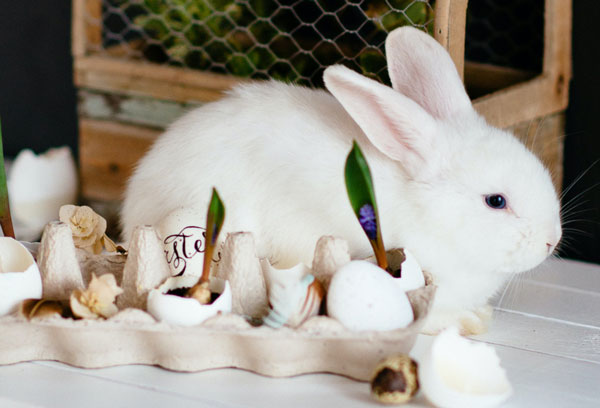
History of The Easter Bunny
Welcome to our comprehensive guide on the history and origin of the Easter Bunny. This iconic figure has captivated the imagination of people for centuries, representing the joys of spring, fertility, and the resurrection. In this article, we delve into the intertwining of pagan symbolism and Christian traditions, tracing the roots of the Easter Bunny back to ancient celebrations of renewal and abundance. Join us as we explore the cultural influences and evolution of this beloved symbol, from medieval artwork to German folklore, and its eventual integration into Easter celebrations worldwide. Gain a deeper understanding of the significance behind the Easter Bunny, its connection to new life, and the traditions associated with it. Let's embark on a journey through time to uncover the captivating story of the Easter Bunny.
The Easter Bunny

The Easter Bunny is a popular symbol associated with the Christian holiday of Easter, particularly in Western cultures. While its exact origins are not definitively known, the Easter Bunny has a complex history that draws upon various cultural and religious influences.
One theory suggests that the Easter Bunny's roots can be traced back to ancient pagan celebrations of spring. In many ancient cultures, the arrival of spring was celebrated as a time of renewal, fertility, and the rebirth of nature. Rabbits, known for their prolific breeding and association with fertility, were often seen as symbols of new life and abundance. Some scholars believe that these pagan beliefs merged with Christian traditions over time.
The connection between the Easter Bunny and Christianity became more pronounced during the medieval period. In early Christian art, rabbits and hares were occasionally depicted as symbols of rebirth and resurrection. In some versions of the medieval mystery plays, the character of "the hare" appeared alongside other biblical figures, reinforcing the association between rabbits and religious themes.
The modern iteration of the Easter Bunny gained popularity in German folklore during the 16th century. German immigrants brought their traditions to the United States in the 18th and 19th centuries, where they became further integrated into Easter celebrations. According to German folklore, an egg-laying hare called "Osterhase" or "Oschter Haws" would visit children's homes during the night before Easter Sunday, leaving colored eggs in hidden nests or baskets.
The tradition of the Easter Bunny delivering eggs spread throughout Europe and eventually became a widespread custom. Over time, the concept evolved to include chocolate and candy eggs, which are now commonly associated with Easter.
It is worth noting that while the Easter Bunny has become an integral part of Easter celebrations, its significance varies across different cultures and regions. In some places, other animals such as the cuckoo or the stork may be associated with Easter instead of the bunny.
Thus, the Easter Bunny's origin is a complex amalgamation of pagan symbols, Christian beliefs, and cultural traditions. Its association with fertility, new life, and the arrival of spring has persisted throughout history, making it an enduring symbol of Easter in many parts of the world.
 Friendship Day
Friendship Day Good Morning
Good Morning